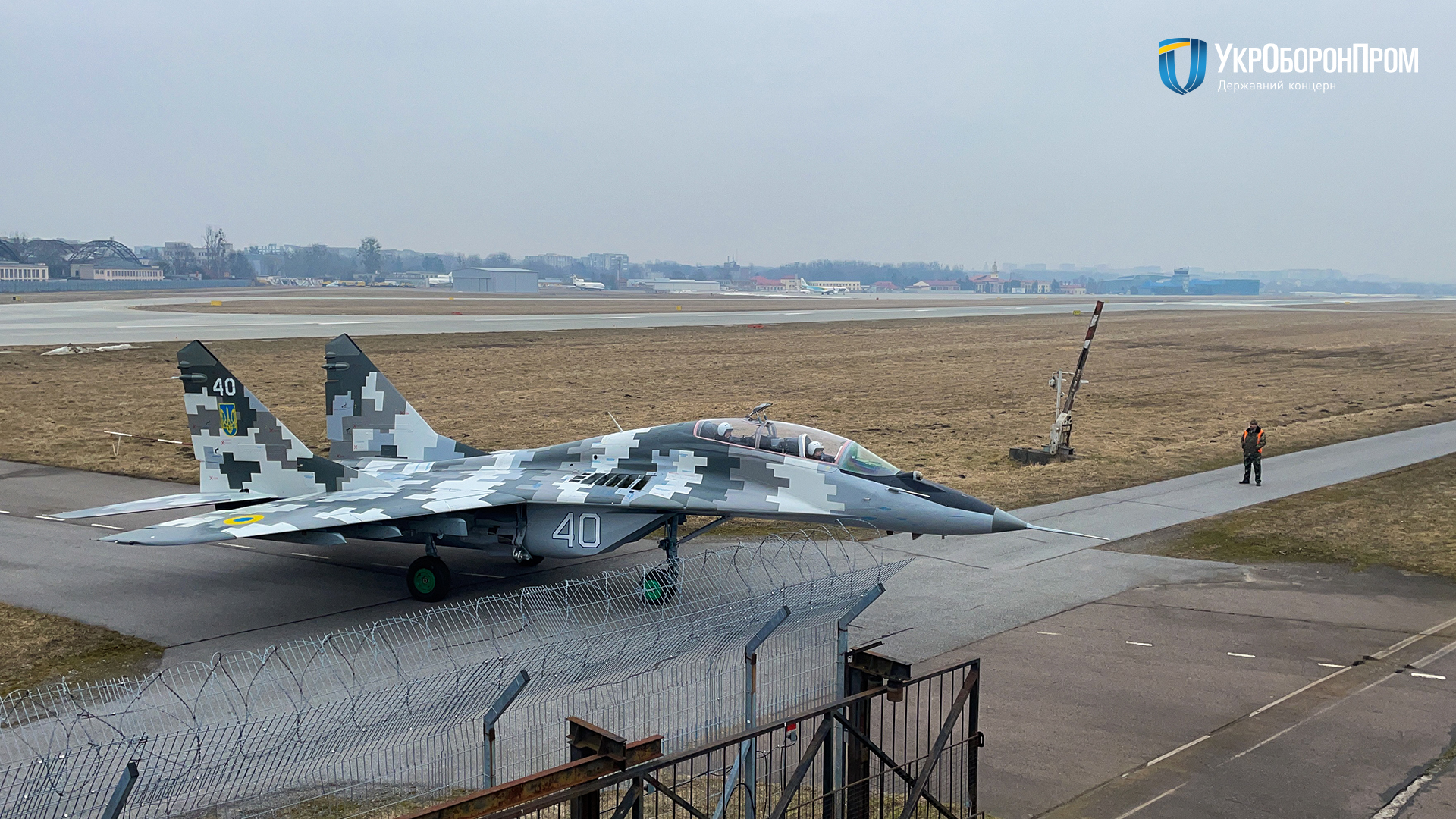US Under Secretary of Defense for Policy Colin Kahl has already confirmed that recent packages for Ukraine included a number of AGM-88 HARM (High-speed Anti-Radiation Missile) but did not provide details which fighter type was employing them. Ukraine has integrated the US-supplied AGM-88 HARM anti-radiation missiles onto their “MiG aircraft”, hinting the MiG-29 being the chosen fighter jet. Ukraine also operated Su-27, Su-25, and 14 Su-24 fighters at the start of Russia’s invasion. Ukraine has successfully employed these missiles. They have successfully integrated them onto Ukrainian aircraft, and this enables Ukraine to seek and destroy Russian radars, so US will be providing additional HARM missiles.
As built, Soviet-era aircraft don’t have the computer architecture to accept NATO standard weapons. Indeed, none of the former Warsaw Pact countries, even those that have had their Soviet-era aircraft updated, were enabled to fire a HARM before. The interface seemed difficult unless using a “crude modification”, such as integrating it with an added e-tablet into the cockpit, building a nearly totally independent subsystem within the carrying aircraft. As suggested by Domenic Nicholis, defense correspondent for the Telegraph in the UK, the HARM missile is possibly operating in one of its three modes that enables it to find its target once flying after being released towards a possible enemy air defense and electronic emission area.

Pre mission or during flight, NATO signals intelligence aircraft or different intelligence would be providing the overall electromagnetic emissions battlefield to locate the Russian radars where the Ukrainian jets, armed with HARMs would be directed to fire them. This allows the missile to achieve a very long range attack profile, even if it’s possible that the missile does not find a target while flying, going wasted.[13] A second possible use of the HARM is operating it in a mode called “HARM as sensor”. Similar to the described mode before, the missile acts as both sensor and weapon, not requiring a sensor pod. A simple interface would show that the missile has a target and the pilot can launch it. In this way the range is shorter, and the jet could be under threat already, but would maximize the possibility to hit the emitter.
The AGM-88 HARM (High-speed Anti-Radiation Missile) is a tactical, air-to-surface anti-radiation missile designed to home in on electronic transmissions coming from surface-to-air radar systems. It was originally developed by Texas Instruments as a replacement for the AGM-45 Shrike and AGM-78 Standard ARM system. Production was later taken over by Raytheon Corporation when it purchased the defense production business of Texas Instruments. The AGM-88 can detect, attack and destroy a radar antenna or transmitter with minimal aircrew input. The proportional guidance system that homes in on enemy radar emissions has a fixed antenna and seeker head in the missile’s nose. A smokeless, solid-propellant, booster-sustainer rocket motor propels the missile at speeds over Mach 2.0.















